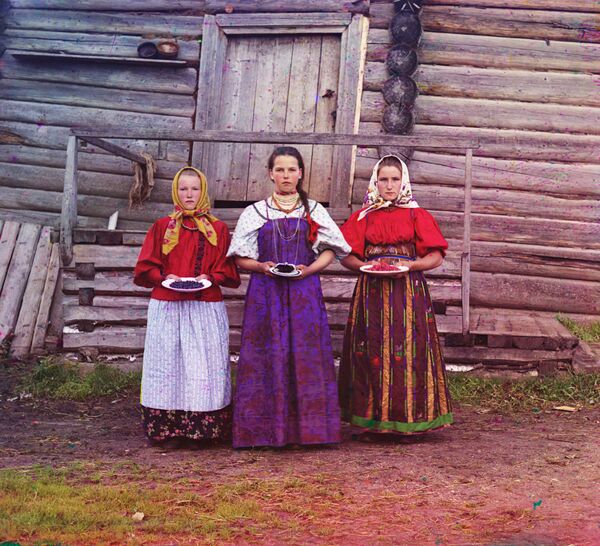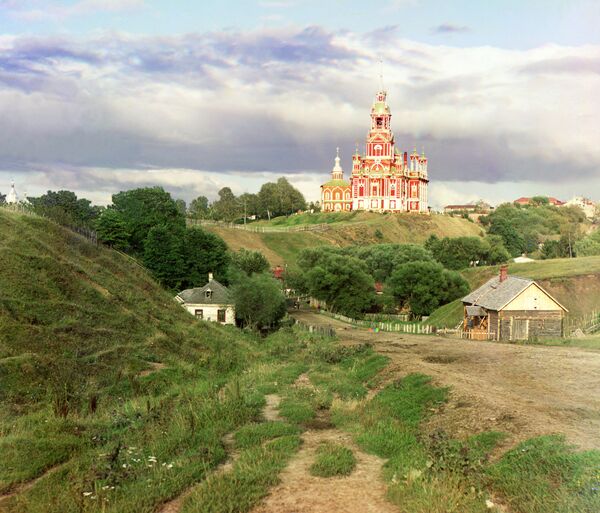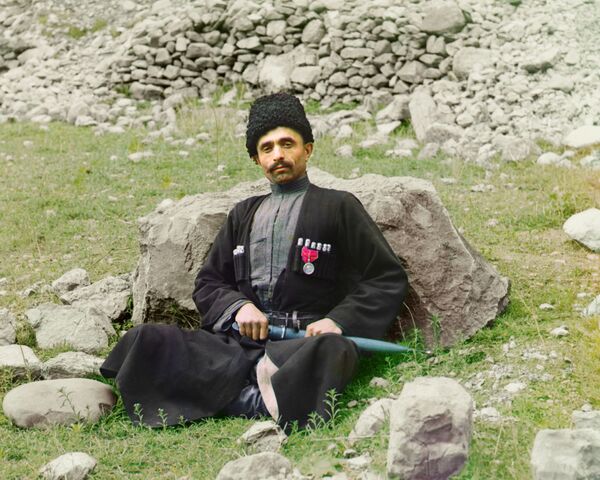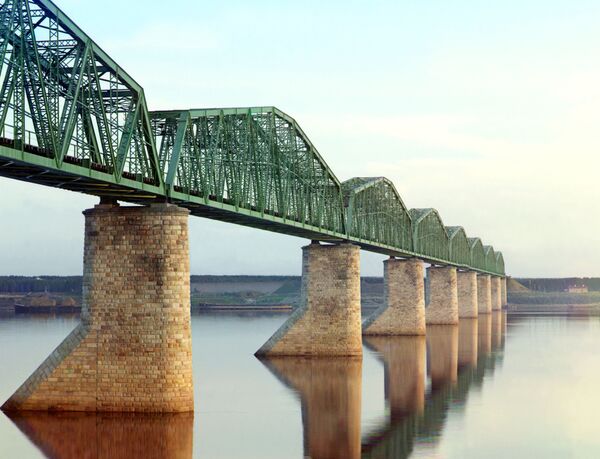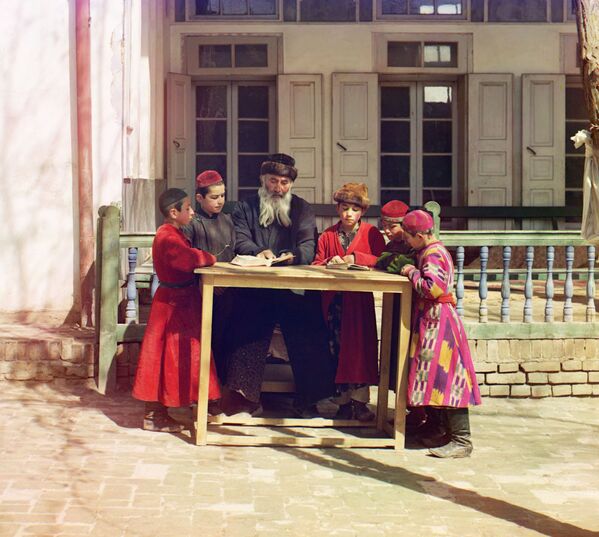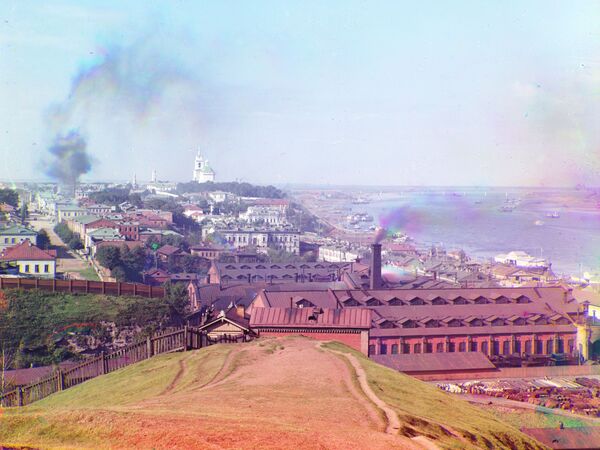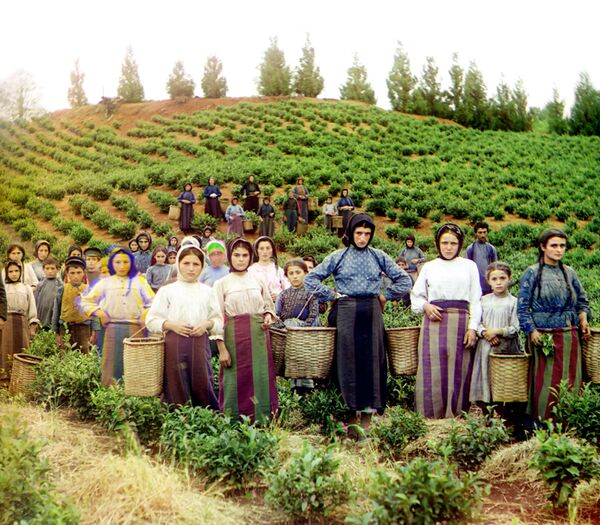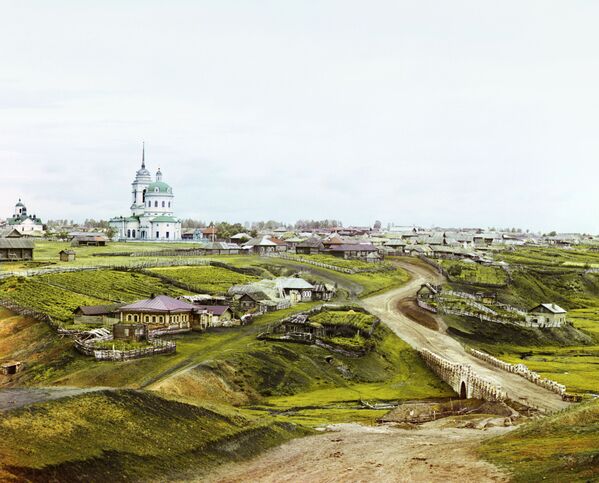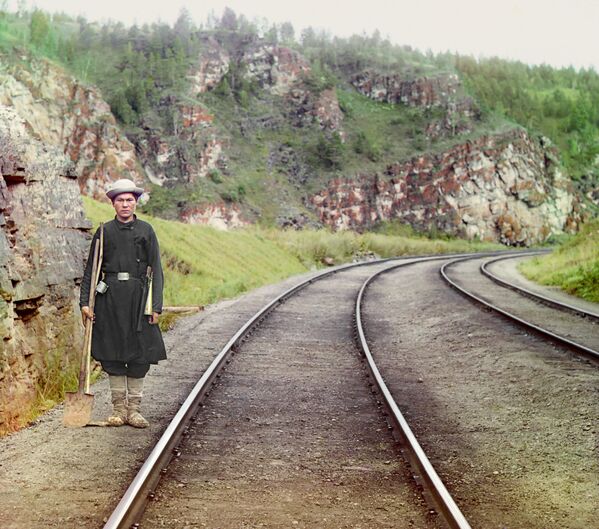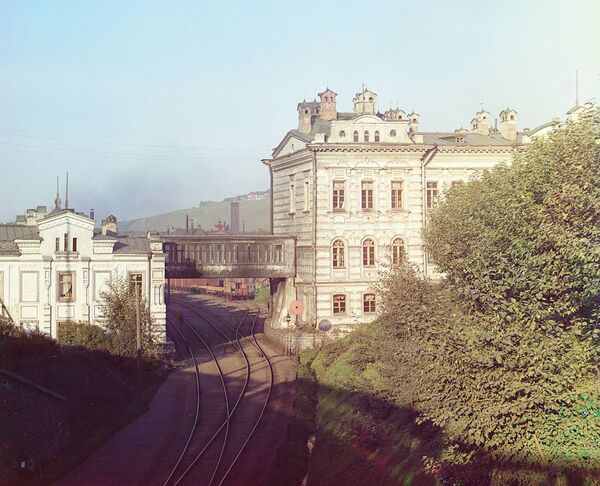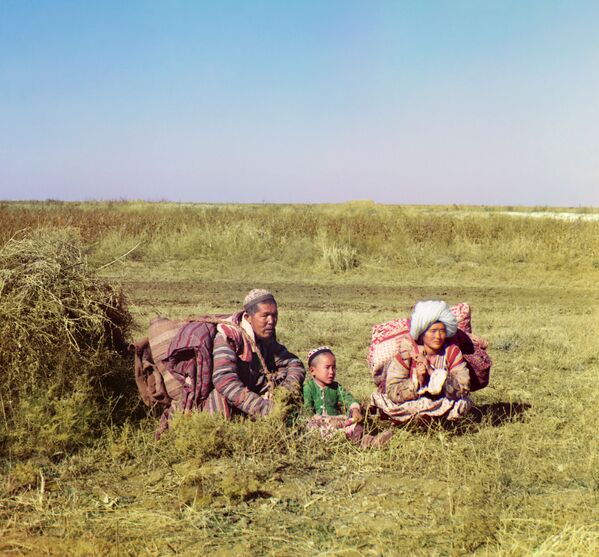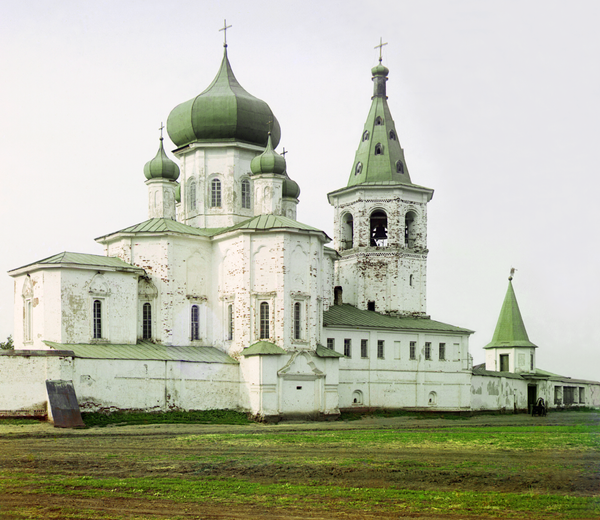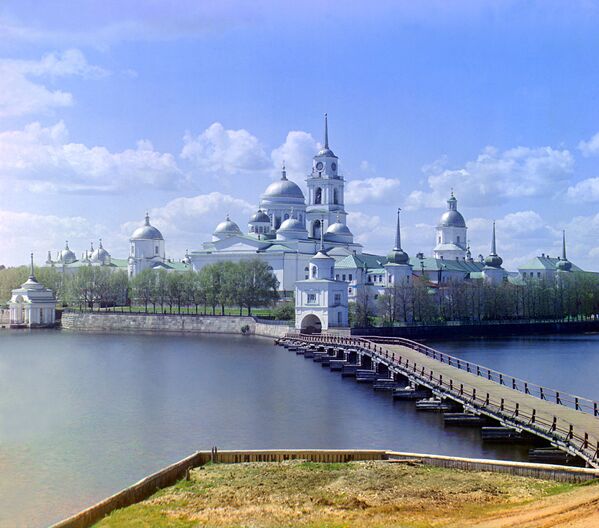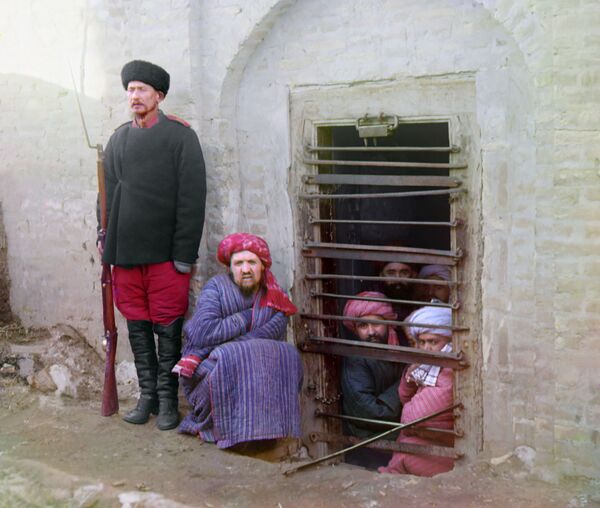For years Sergei Mikhailovich Prokudin-Gorsky explored the emerging field of photography and photochemistry, experimenting with novel methods offered by his colleagues from abroad and inventing his own techniques. By 1905, when he decided to travel across the Russian Empire and take pictures of it, Prokudin-Gorsky has already become a member of Russia's oldest photographic society, established a photography studio and laboratory and lectured on the science of photography.
Prokudin-Gorsky planned to use the emerging technological advances that had been made in color photography to systematically document life in the Russian Empire. Through his ambitious project, he aimed to educate Russian schoolchildren with his "optical color projections" of the empire's vast and diverse history and culture. Tsar Nicholas II, the reigning Emperor of Russia, decreed that he be provided with a specially equipped railroad-car laboratory, a small steamer with a crew, a motor boat to work on waterways and a Ford car for touring the Ural Mountains and capturing everything on film.
In 1909-1916, Prokudin-Gorsky traveled a significant part of the Russian Empire, photographing ancient temples, monasteries, factories, views of cities and various everyday scenes. The work was very difficult: it required great patience, knowledge, experience and often great effort. He was not the only one who shot color photographs in Russia before 1917. However, he alone used the method of color separation, which was more difficult, but resulted in less grainy images, the colors of which didn't fade. Moreover, only Prokudin-Gorsky's collection was made and preserved in such a significant volume.
